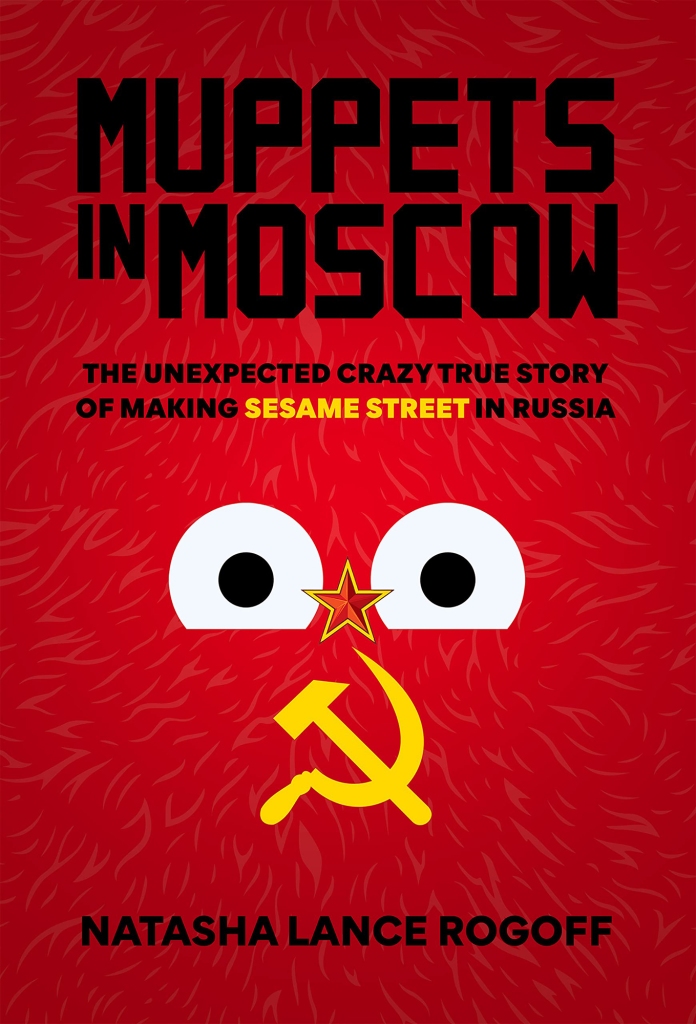The challenge of making ‘Sesame Street’ for Russians
When the Russian version of “Sesame Street” (“Ulitsa Sezam”) first aired in Russia in October 1996, there was a premiere event at a Moscow theater. The star muppet came out — Zeliboba, an 8ft hound-like animal tree spirit who could smell music and was even taller than Big Bird, his American counterpart. “The kids went wild,” remembers executive producer Natasha Lance Rogoff.
Rogoff’s new book, “Muppets in Moscow: The Unexpected Crazy True Story of Making Sesame Street in Russia” (Rowman & Littlefield) recounts the 5-year journey of bringing “Sesame Street” to post-Soviet Russia, and adapting it to a Russian audience.
“There were so many challenges. The worst of it was in the beginning when our first investor’s car was blown up and I had been in that car 3 weeks before,” says Rogoff. “Over the next year, our broadcast partners were assassinated one after the other. I had become close to these people.”
Over time, Rogoff assembled a team of over 400 Moscow-based artists: filmmakers, writers, puppeteers, set designers, and musicians. “The people I worked with were passionate about their desire to improve the lives of children through the tv show,” says Rogoff.

Still, there were the culture clashes around show programming and content.
“We were all throwing around ideas about what the show should teach post-Soviet children about tolerance, and how to survive in their budding free market. I suggested a scene in which children run a lemonade stand,” she says. “This suggestion was met with horror. One man said, ‘It would be shameful to show children selling goods on the street!’ Another said, ‘Only criminals do that!’ One physicist said, ‘You are tasking us with coming up with a curriculum for a show that will help our children thrive in an open society. But we don’t know what an open society looks like. At the end of the conference he said, ‘I thought this was hopeless, but I didn’t realize that by bringing together all these different points of view, we were able to come up with a curriculum that suited our values and history.”
“Ulitsa Sezam” went off the air at some point in the mid-2000s, as Vladimir Putin increased control over independent television.
“I’m really proud of my team and everything we accomplished,” says Rogoff. “It’s impossible now to have Sesame Street in Russia, but I hope someday that we get the chance to do that again.”
Read the full article Here


